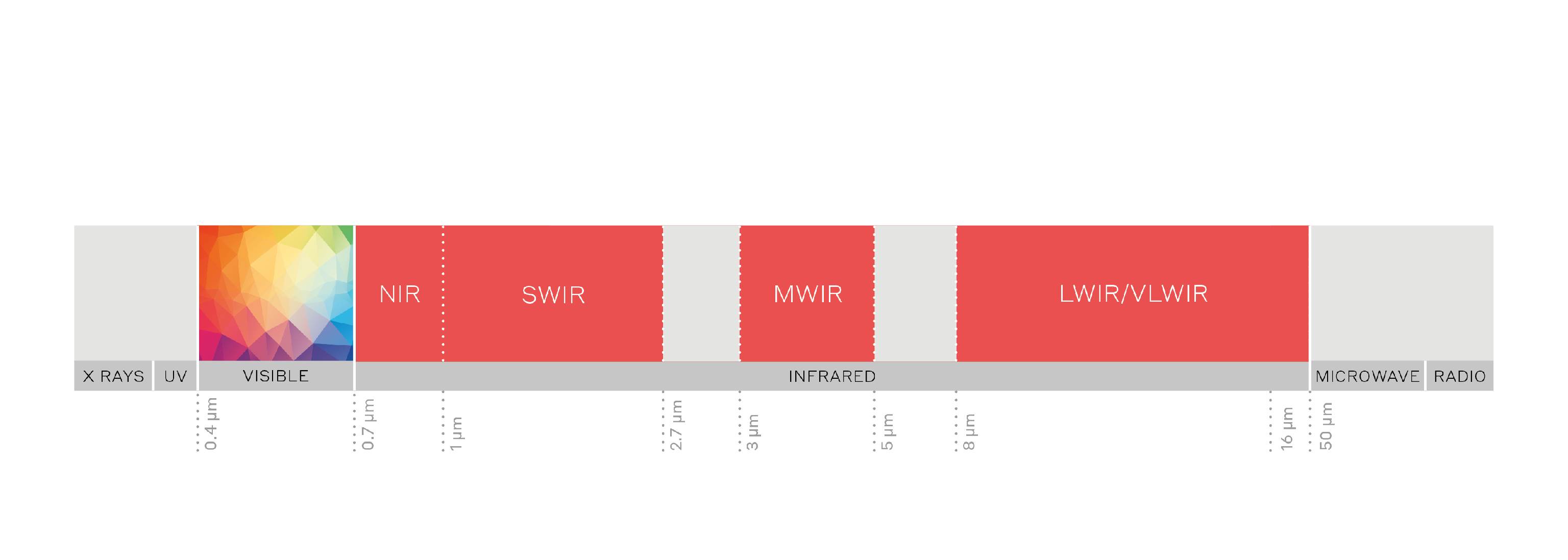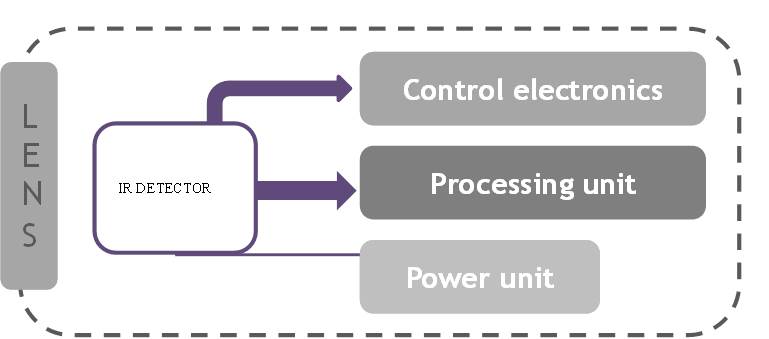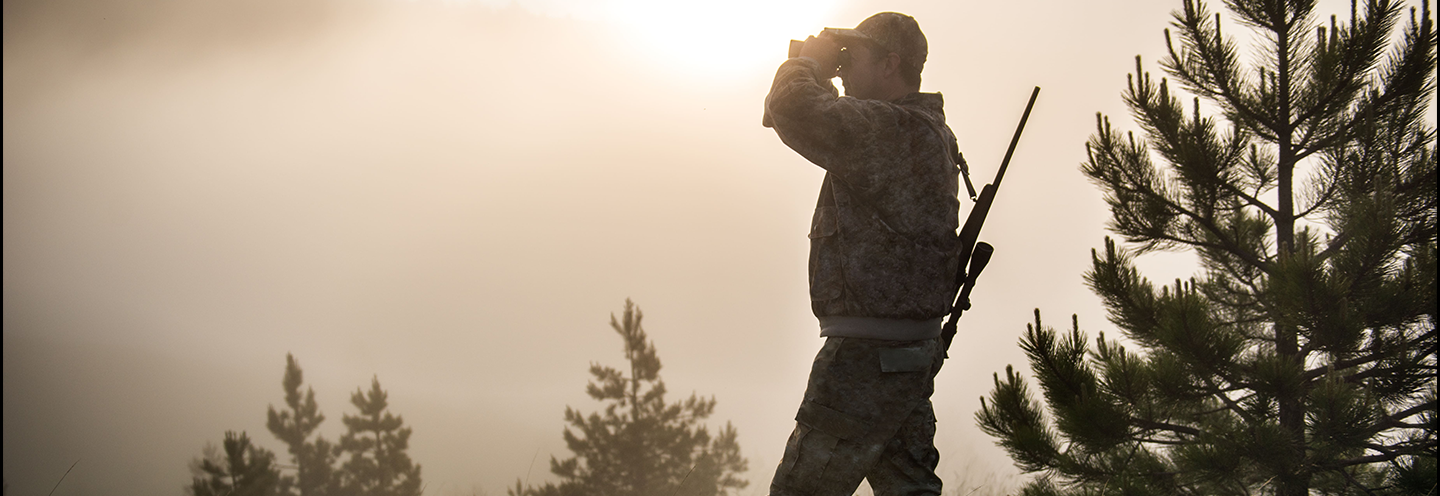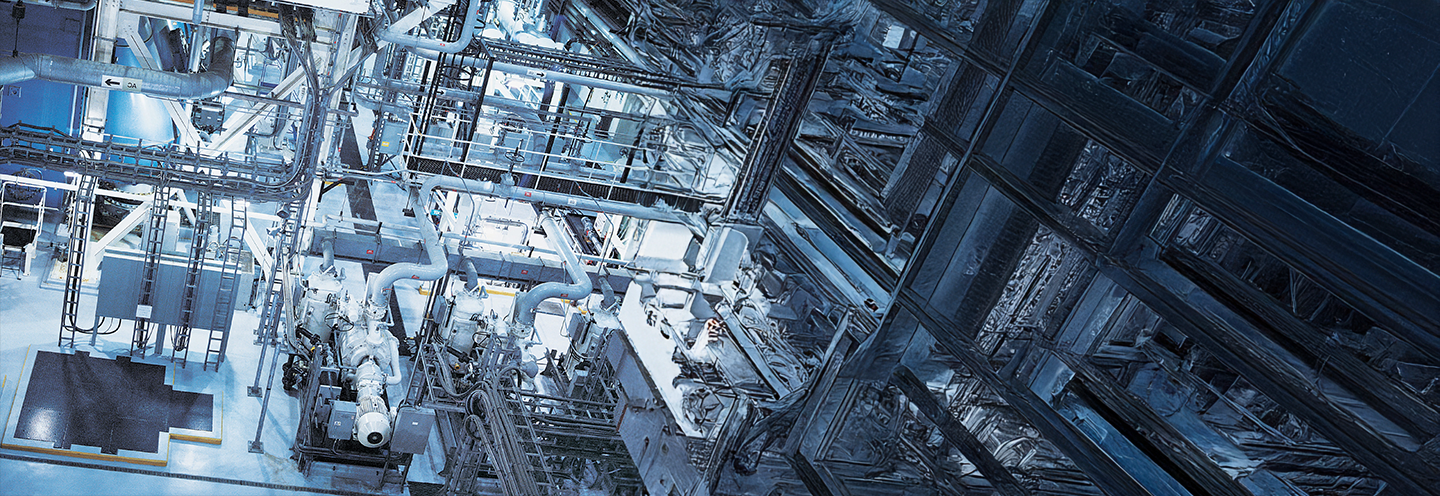Like visible light, infrared (IR) radiation, sometimes called infrared light, is a type of electromagnetic radiation. Infrared wavelengths are longer than those of visible light—too long to be seen by the human eye, which responds to just a small fraction of the electromagnetic spectrum. Infrared detectors make it possible to “see” in the dark by converting heat emitted naturally by any object above absolute zero into an electronic signal, which is then used to generate an image.
The discovery
Infrared radiation was discovered in 1800 by the British astronomer Sir William Herschel. He directed sunlight through a prism and placed a thermometer just outside the red end of the visible spectrum. The temperature was markedly high. You can feel the very same effect measured in Herschel’s experiment when the sun shines on your skin. The infrared radiation causes the bonds between molecules to move, releasing energy that is felt as heat.
The principle
All everyday objects emit thermal energy—even ice cubes! The hotter an object is, the more thermal energy it emits. The energy emitted by an object is referred to as the object’s thermal or heat signature. Two objects side by side can have different thermal signatures.
An animal, motor, or machine, for example, generates its own heat, either biologically or mechanically. Objects like soil, rocks, and plants absorb heat from the sun during the day and release it at night.
Given that different materials absorb and release thermal energy at different speeds, an area whose temperature appears to be uniform is actually made up of a mosaic of different temperatures.

The spectrum
The infrared spectrum can be divided into three main regions. The exact frontiers between these spectral regions can vary slightly depending on the application. The spectral region used in infrared thermography is generally from 0.9 μm to 16 μm and, more specifically, in the ranges from 2 μm to 5 μm and from 7 μm to 15 μm.

NIR = near infrared
SWIR = short wave infrared
MWIR = medium wave infrared
(V)LWIR = (very) long wave infrared
Thermal detection
Thermal, or infrared, detection systems utilize sensors to pick up radiation in the infrared part of the electromagnetic spectrum. An infrared camera detects the thermal energy or heat emitted by the scene being observed and converts it into an electronic signal. This signal is then processed to produce an image. The heat captured by an infrared camera can be measured with a high degree of precision. This means that infrared cameras can be used for things like checking thermal performance and determining the relative seriousness of problems associated with heat. The higher the temperature of a body or object, the more radiation it emits.
Contrary to popular belief, infrared cameras cannot see through walls or other solid objects. They can only measure the heat emitted by the scene being observed. A thermal image of a wall, for example, will show the flow of heat through the wall if there is a heat source behind it, but it cannot “see” the heat source itself.
However, in the part of the electromagnetic spectrum from 0.7 µm to 4 µm, infrared radiation is measured according to the light reflected off of the material or scene being observed. This capability is very useful in the semiconductor, glass, and steel industries.
The thermal camera

Thermal cameras are made with either cooled or uncooled infrared detectors. Cooled detectors deliver better image quality and precision, while uncooled detectors are less precise—but also less expensive.
- Cooled infrared detectors must be coupled with cryogenic coolers to lower the detector temperature to cryogenic temperatures and reduce the heat-induced noise to a level lower than that of the signal emitted by the scene.
- Uncooled image detectors do not require cryogenic cooling. They are designed using a device called a microbolometer—a special type of bolometer that is sensitive to infrared radiation.
When the camera’s sensor picks up infrared radiation, the data is converted into a colored representation of the scene. The camera’s settings can be adjusted before an image is taken to show different temperature gradients. And, depending on the degree of precision required, resolution can also be an important factor. In industrial maintenance, for example, where the parts to inspect may be large and the thermal contrast high, a thermal camera with low spatial resolution (from 60x60 pixels) is sufficient. For more detailed inspections or to observe small details with equally small differences in temperature, a higher spatial resolution (from 640x480 pixels) is a must.
Would you like to learn more? Download our infographic with our latest insights into the infrared market.














